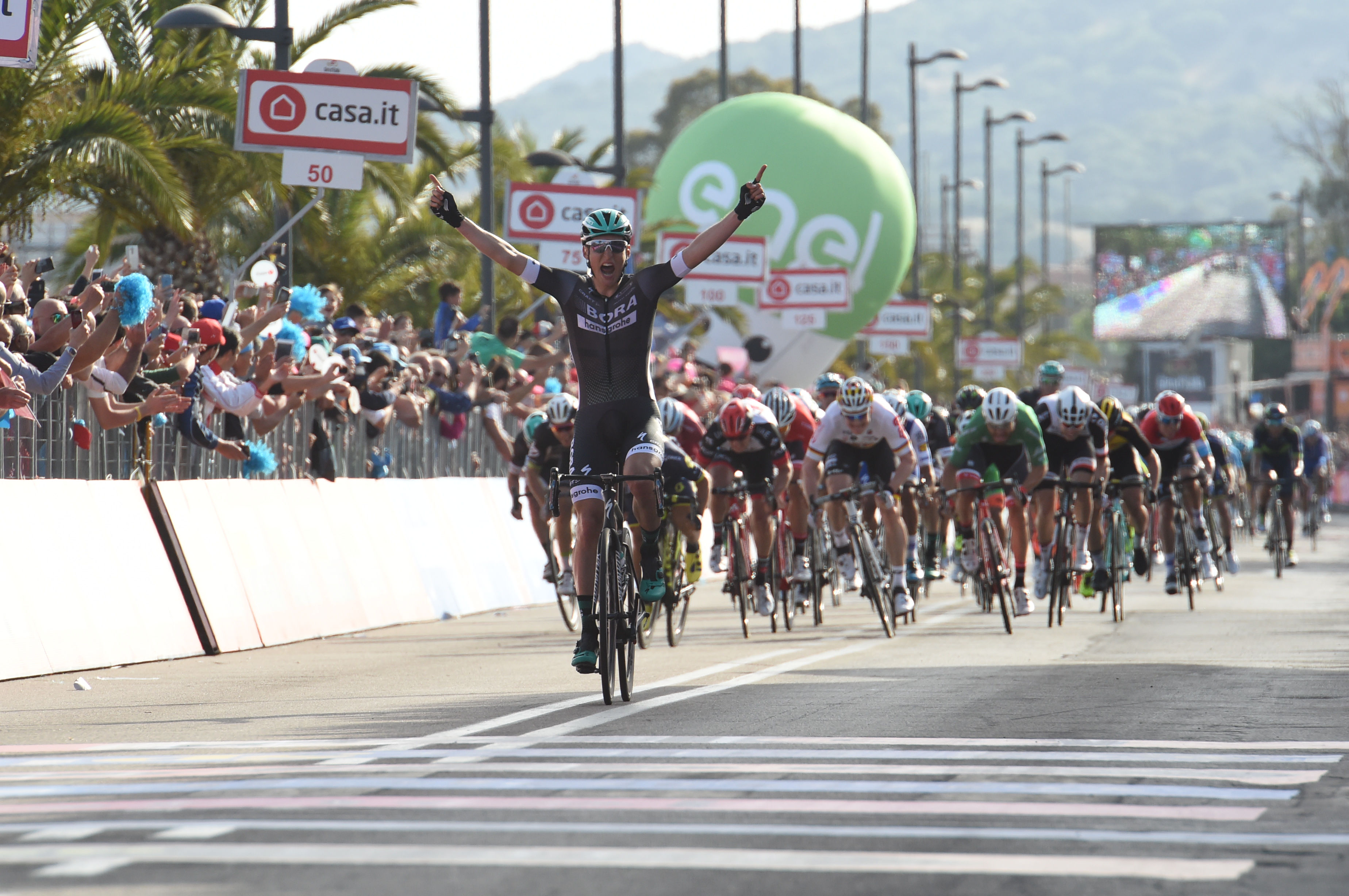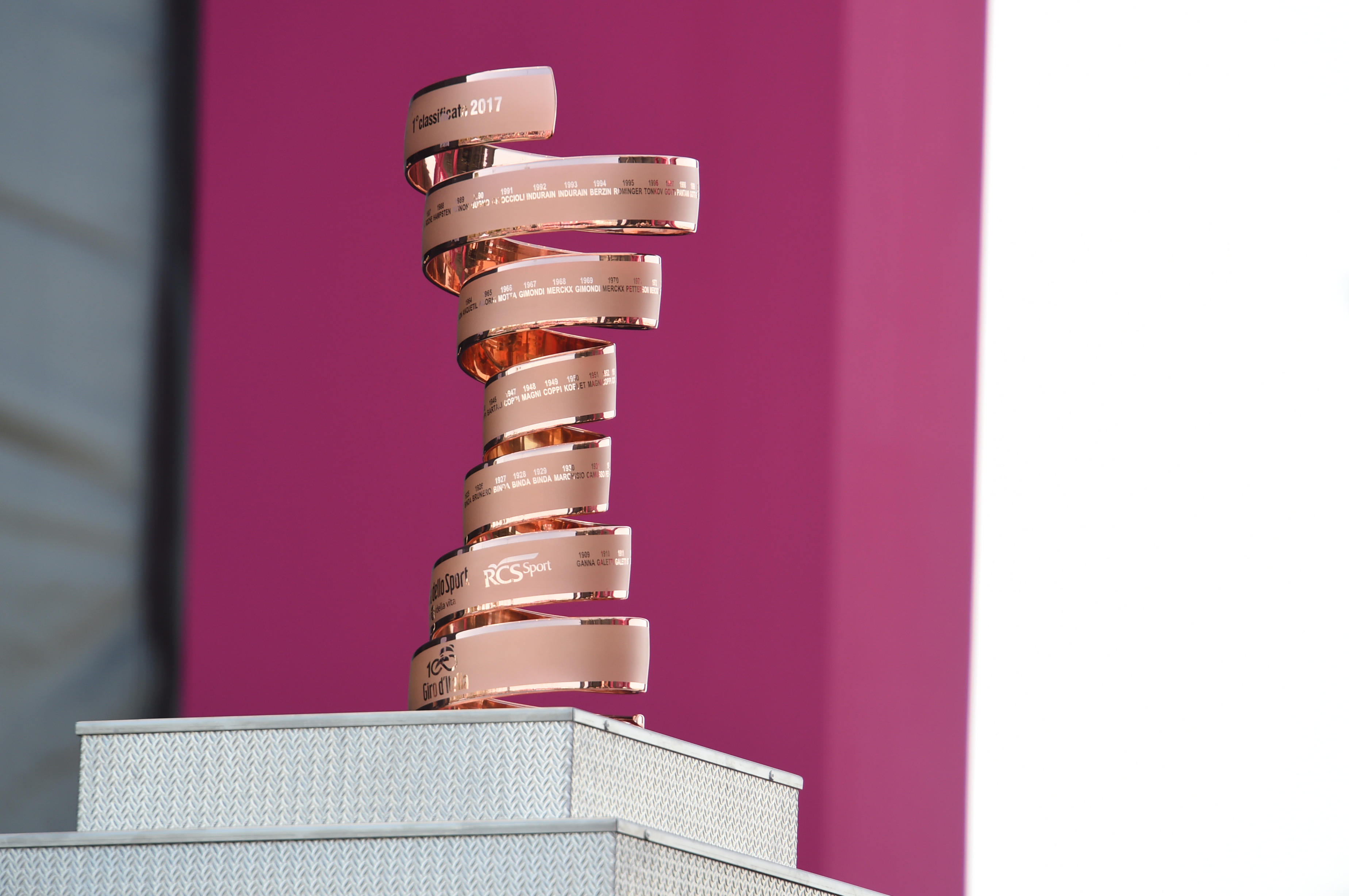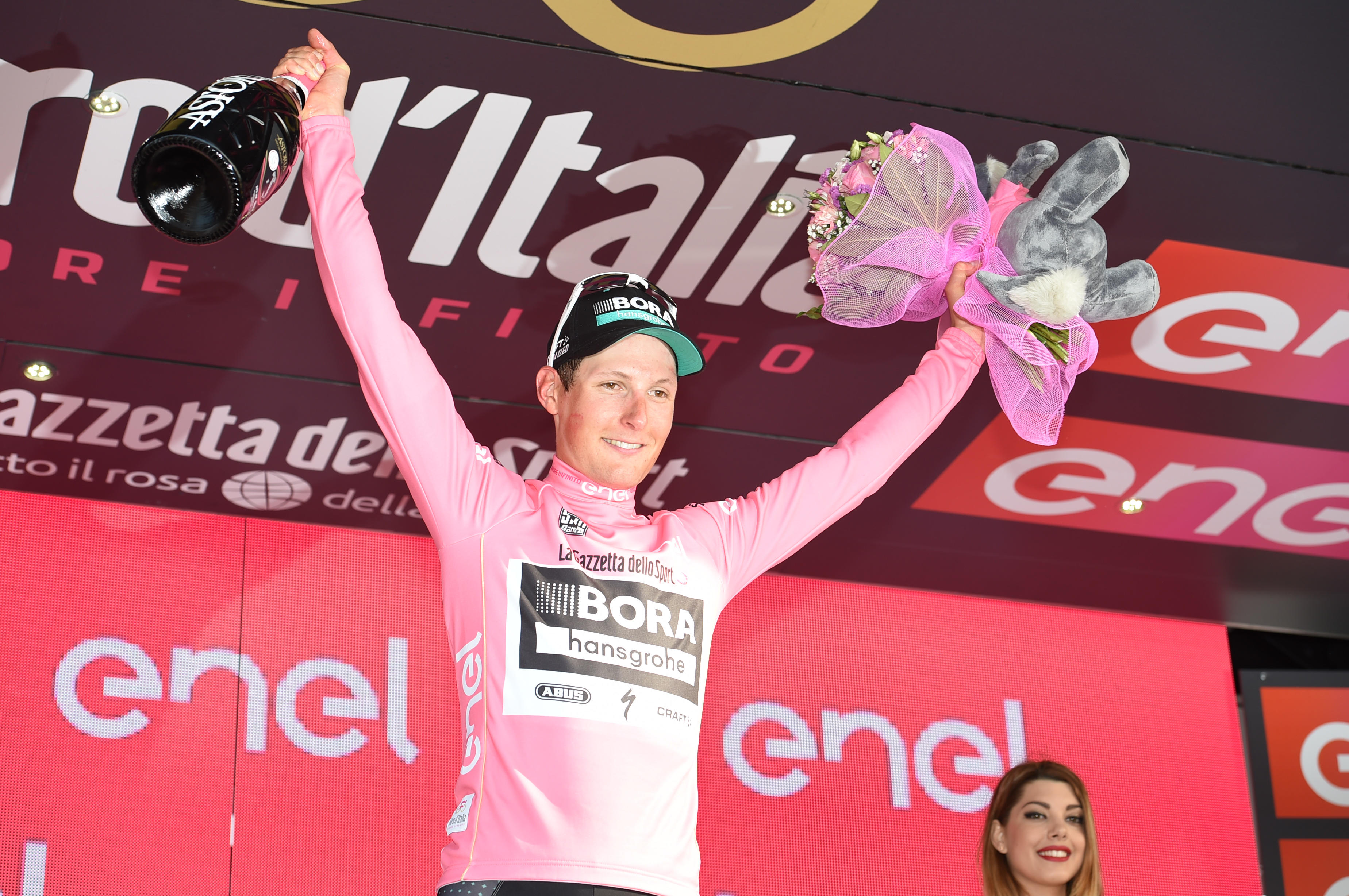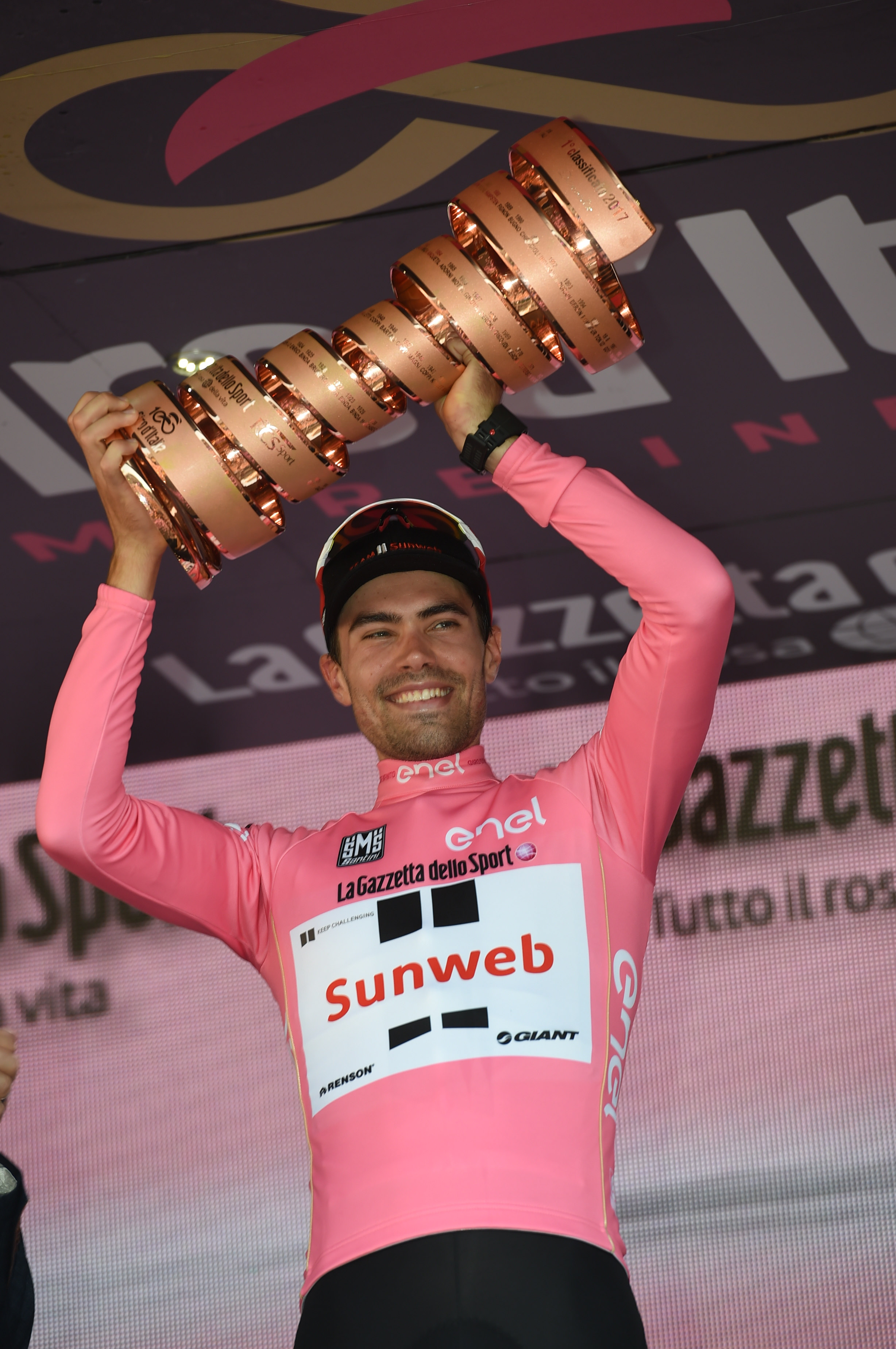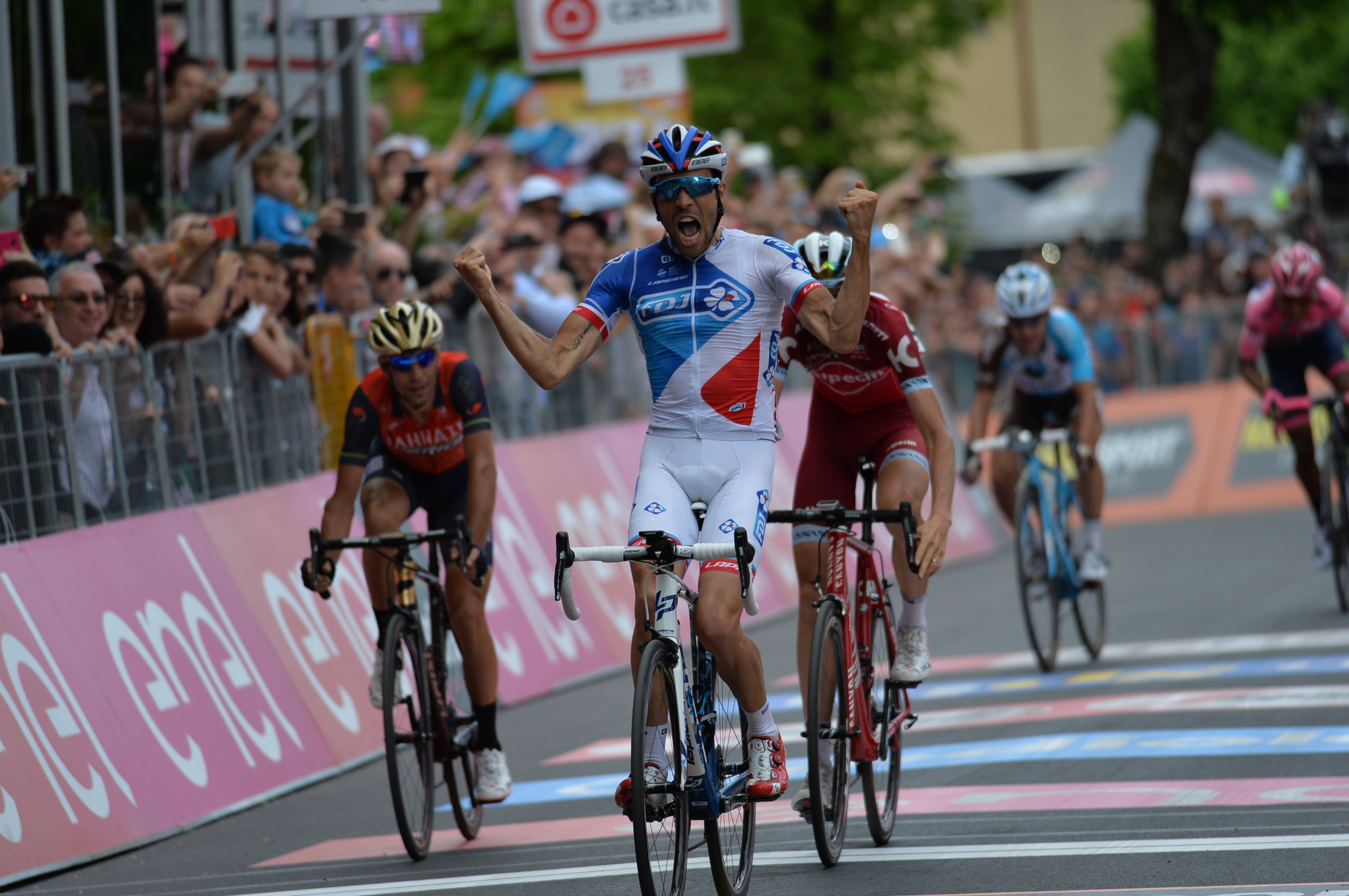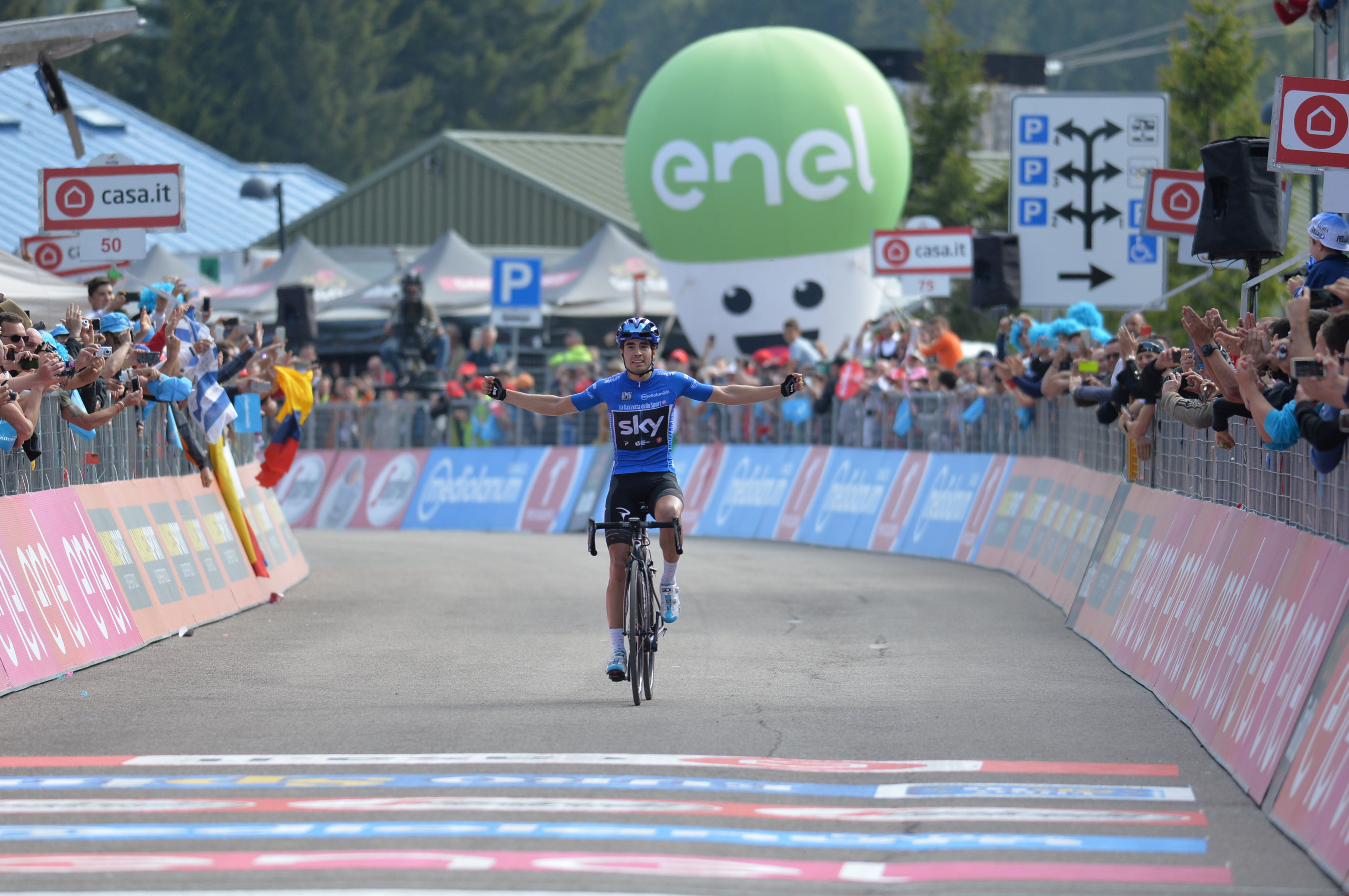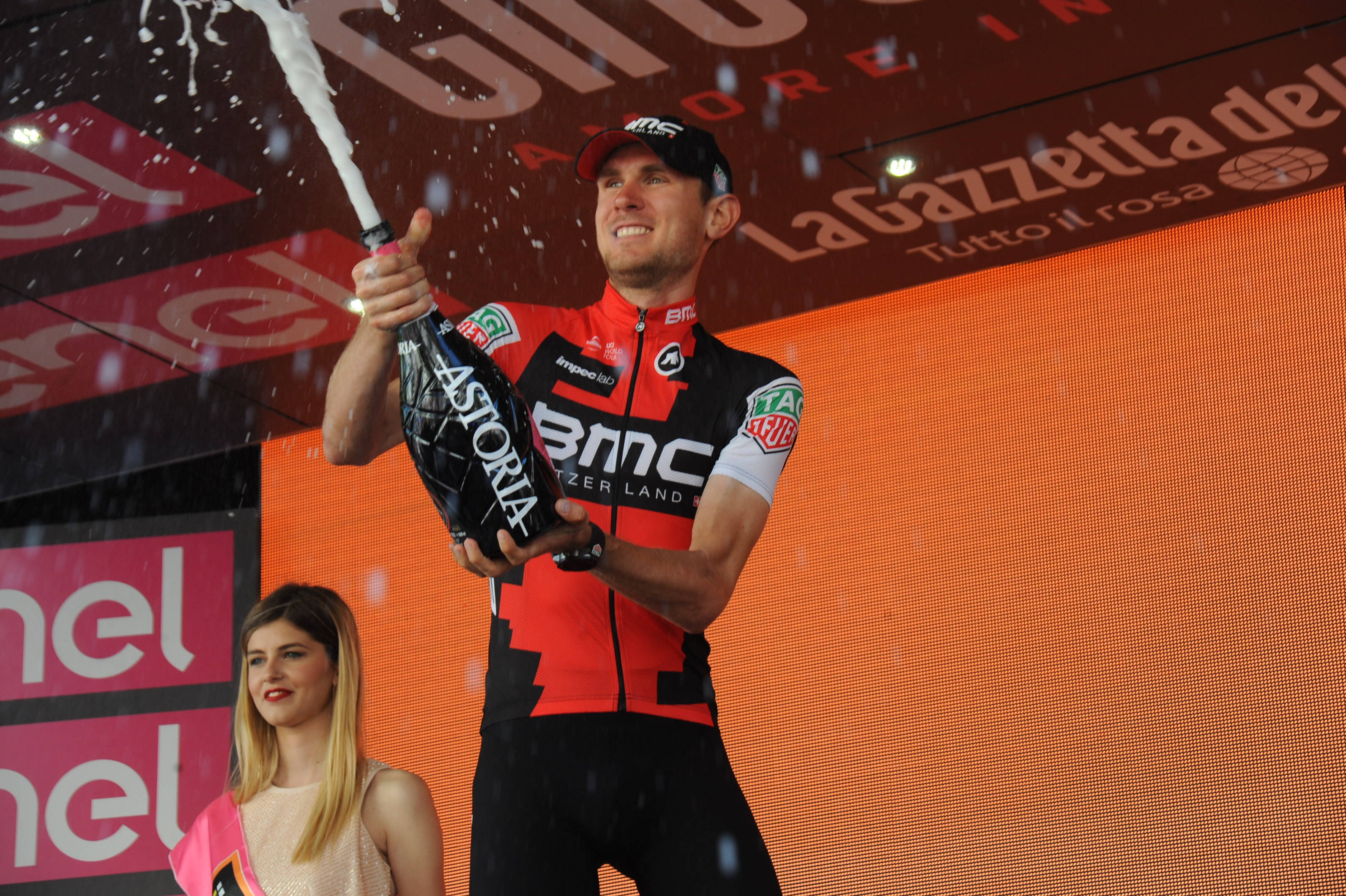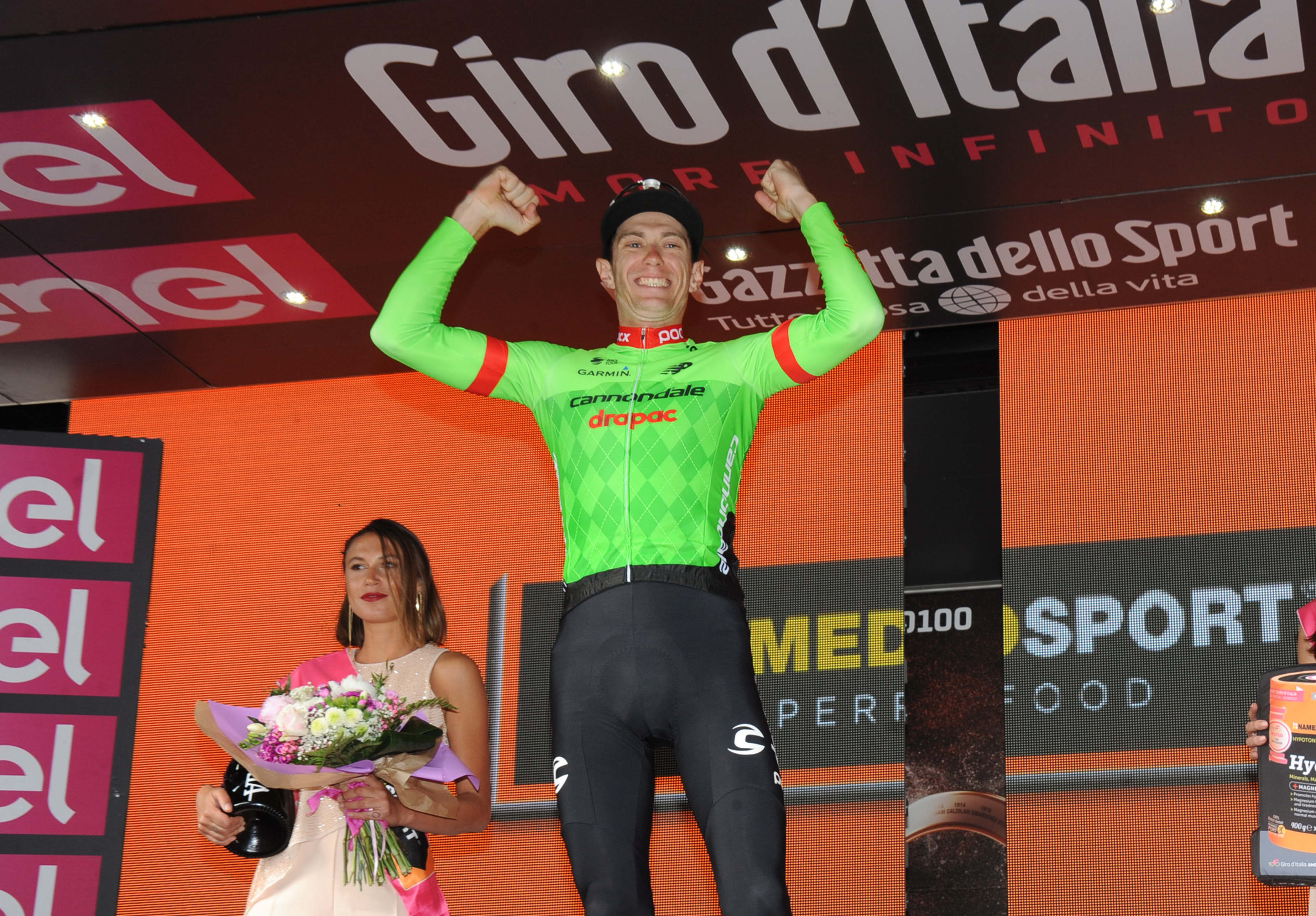Der Mai ist gekommen und mit ihm die Italienrundfahrt – der Giro d’Italia. Der Kampf um das Maglia Rosa läutet die Saison der Grand Tours ein. In diesem Jahr steht das Rennen unter einem besonderen Stern: Es ist die 100. Austragung der Italienrundfahrt.
Die Strecke, die zur Feier des Giros zusammengestellt wurde, verspricht ein sehr spannendes und spekatuläres Rennen. In den nächsten drei Wochen werden die Profis sich von den Inseln Sardinien und Sizilien, vom Südzipfel des Festlandes in den Norden hocharbeiten.
Wir werden das Rennen mit Spannung verfolgen, denn es verspricht, aufregend und interessant zu werden.
